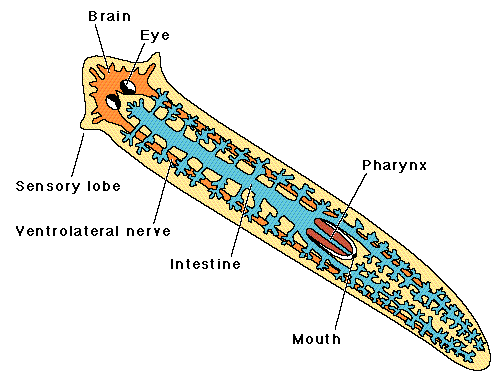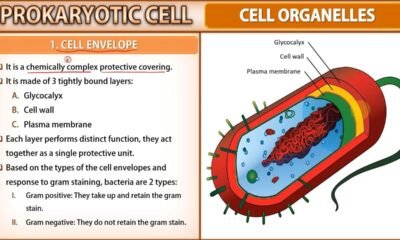Blog
Planaria General Characteristics | Free Biology Notes

In this article we will discuss about Planaria General Characteristics
Planaria General Characteristics
- Planaria is found commonly in freshwater
- Planaria are gregarious, carnivorous and hermaphrodite
- Head bears a pair of lateral projections called auricles, they are chemoreceptor’s and sense chemicals in the water
- Near the anterior are two eyespots. These allow to sense light whether it is darkness or light
- Pharynx is tubular structure that can be everted beyond the mouth
- If Planaria is cut across into two, three or more parts, each part regenerates into a complete and normal individual.
- Neoblast cells found in planarians which is help in regeneration
- Life cycle is usually direct without any larvel stages

 Blog5 months ago
Blog5 months ago[PPT] Human Reproduction Class 12 Notes
- Blog5 months ago
PG TRB Botany Study Material PDF Free Download

 Blog5 months ago
Blog5 months ago[PPT] The living world Class 11 Notes

 Blog5 months ago
Blog5 months agoCell The Unit of Life Complete Notes | Class 11 & NEET Free Notes
- Blog5 months ago
Contribution of Indian Phycologists (4 Famous Algologist)

 Entertainment4 months ago
Entertainment4 months agoIbomma Bappam: Redefines Telugu Streaming Trend
- Blog5 months ago
Class 12 Biology Notes Chapter wise PPT
- Blog5 months ago
Class 10 Biology Notes Chapter wise PPT










